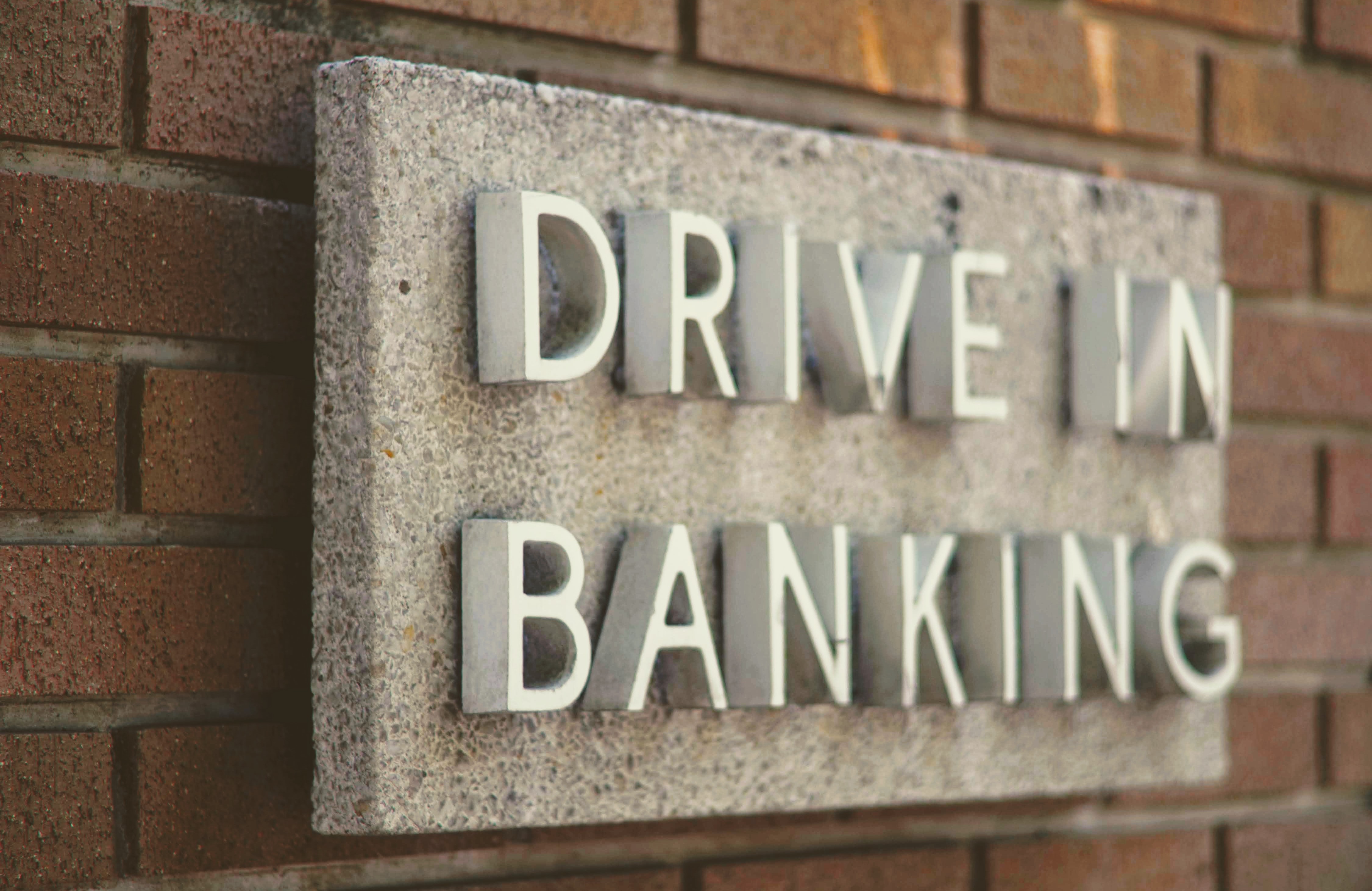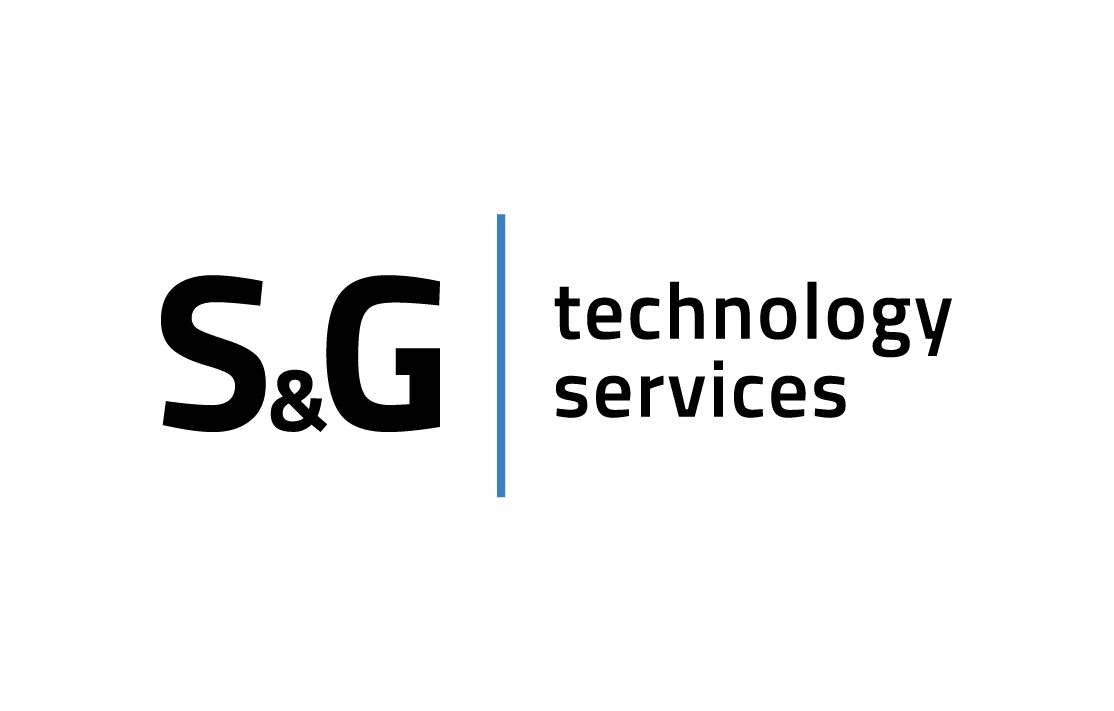News
How money kept moving in COVID times
by Radostina Georgieva, Consultant at S&G Technology Services
I know the last thing most of you want to hear about is another article discussing the effects of the pandemic on our lifestyle. Yet, this summer feels a bit different: after having felt like a rudderless vessel lost in a grainy storm for 18 months, we are starting to reclaim a modicum of control on our lives. It is far from being a calm and flat sea ahead of us, but at least the success of vaccination programmes across numerous countries gives us enough control to pause and reflect on the changes we have been through for the past 18 months. So let’s pause and reflect over what happened in an area where S&G Technology Services has a unique technological vantage point: banking. We can for sure identify several key transformations.
Digital payments expanded to new dominions
The pandemic pushed the most reluctant members of the population towards banking, and therefore an ever larger part of the population can access digital payments. Amongst those, many consumers (59%) have also experienced using a new payment method for the first time, be it cards, digital wallets or cryptocurrencies (1) . Or put it differently, not only digital payment has boomed in value, but perhaps more importantly, patterns have changed and it has expanded to a population which may never had been converted into digital buyers through a ‘normal’ evolution. Convenience explained the sudden increase in online purchase during the pandemic. Two main compounding factors can explain the dramatic rise in digital buyers: • The fact that many countries have implemented social protection and employment support measures during the pandemic requiring people to open accounts or re-access dormant accounts. The banking industry therefore acquired a new population otherwise foreign to the banking system to register an account to receive social assistance. • ‘Card-only’ purchases in the real world also forced people to move on from cash. This created an opportunity for banks to cross-sell to previously non-banking customers various payment instruments linked to bank accounts, such as online banking, mobile banking, payment cards, etc. In 2020, 73 percent of EU internet users shopped online (2).
The ‘instant’ lifestyle
No longer the preserve of the younger generation, instant deliveries of contents and goods have spread into our new normality: from streaming on Netflix to Prime Amazon deliveries, the term “instant” has somehow gotten ingrained in our lexicon. To meet those expectations and lifestyles, banks can no longer make people wait: fast payments provide an alternative to real-time money transfers. There are various ways for businesses to offer their clients quick payments, but they must all be linked to at least one clearing and settlement mechanism (CSM) and a Local Clearing House (LCH).
The premature death of the bank branch
The cost of operating branch networks is high. In an age of low interest rates and therefore diminishing profit margins for banks, the shrinking of the branch network has become an integral part of the operational strategy of numerous banks over the past decade, the pandemic serving as the ultimate death knell of the branch as we know it. Keen preference and rapid adoption of digital banking has deemed the physical branch locations obsolete, the industry says. But as time goes by, queues of anxious consumers in front of ever rarer branches serve not only as a curious view, but also pose a thought-provoking question for those with a keen eye: is it possible that the process of rapid branch closure accentuates previously overlooked gaps in the ability of banks to provide the level of digital consumer experience that customers expect?
Here is our take on the matter - the vast majority of people have embraced digital banking, expecting instant gratification, and seeing no more point to travel to a branch than they see to walk to a take-away when they can order it on popular ordering apps. As shops and venues re-opened, we saw no return to the previous habits: this is not an evolution, this is a revolution that S&G Technology Services has been supporting since our very inception. The manifestations of this trend have been long evident on our business: owing to our rich expertise in the implementation of Temenos Transact - the world’s leading digital banking solution, our breadth of expertise in integration, payments and digital engagement platforms has been particularly in demand. The team at S&G Technology Services has been working on client assignments ranging from building connectors for clearing houses, customer engagement platforms to replace branch human interactions to solutions for the support of various use cases enabled by Open Banking and the introduction of the revised Payments Services Directive (PSD2) in Europe. We see a particular interest in further improvements to give banks and consumers to build an ever-closer relationship through digital and achieve to close the remaining gaps to achieve a comprehensive digital engagement. This shift carries on and we look forward to discussing many more projects to support this revolution in banking.
(1) Paysafe report dated May 2021 “Lost in Transaction: Consumer Payment Trends 2021” (2) Eurostat Statistic Explained “E-commerce statistic for individuals”. Data extracted in June 2021


